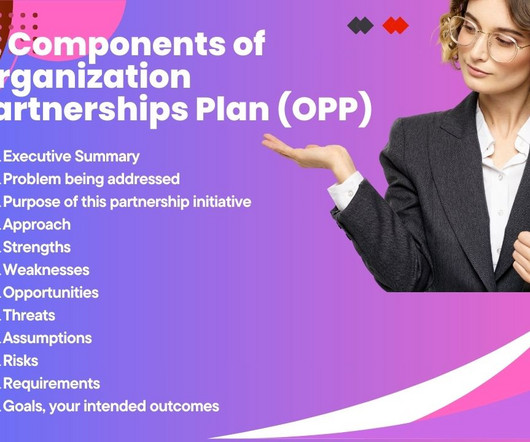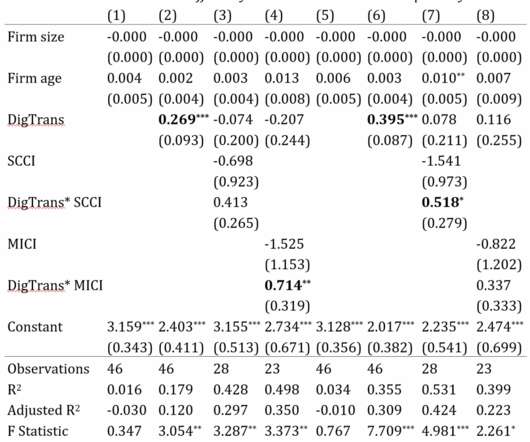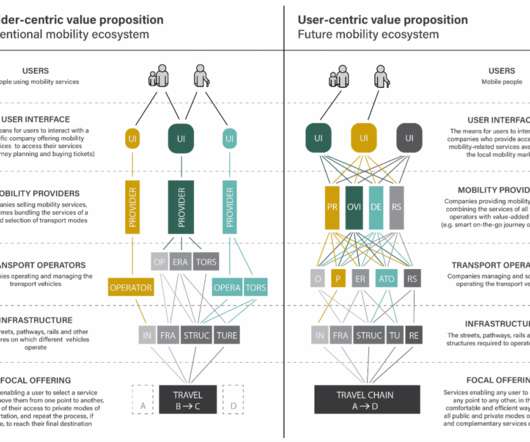What Does Digital Transformation REALLY Mean for the Channel?
PartnerTap
JUNE 8, 2021
It is imperative that we reshape our channel cultures now, so we don’t fall behind our competitors. Making this cultural transition requires: Leaders who understand the new environment Empowering employees to make decisions Working collaboratively with partners Sharing data Leveraging automation and AI technologies. Leadership.












Let's personalize your content